The Wrong Training
On average, police spend nearly one-third of their training on combat tactics. Many law enforcement training curricula focus on preparing for the potential of a threat or threats derived from statistically singular or anecdotal events. This heavily impacts the perceptions, biases, opinions, and attitudes that law enforcement officers carry into their interactions with the public. Absent immediate criminal justice training reform, we will all remain complicit in the racially biased, stereotypical depictions and dehumanization of African Americans, and other minorities, that provoke a falsely-heightened, adversarial perception of threat.
“Police officers are being trained to react when a threat is merely possible, instead of probable.”
A Crisis in Mental Health
At least 25 percent of all people killed by law enforcement officers exhibited signs of mental illness. In one year alone that is more than 275 people. Yet, officers on average spend only 10 hours training for mental health crisis intervention.
Race & Implicit Bias
Forty-seven percent of people killed by law enforcement officers in 2016 were nonwhite individuals. Five hundred eighteen people died, yet law enforcement continues to have minimal training relating to diversity, culture, and bias.
Many states have no bias training mandates at all, and some satisfy requirements by simply showing a Hollywood movie.
TRAINED TO BE SCARED
It is tragic when an officer is killed in the line of duty. To prevent further tragedies within the police force, trainers review policies and training methods to stop similar occurrences in the future. While this evaluation is needed and required, over time a near infinite number of threat scenarios are generated for training. Therefore, the focus of much law enforcement training is on preparation for threats that are perceived because of singular or anecdotal events. Concentrating on these singular events places officers in a constant state of fear.



